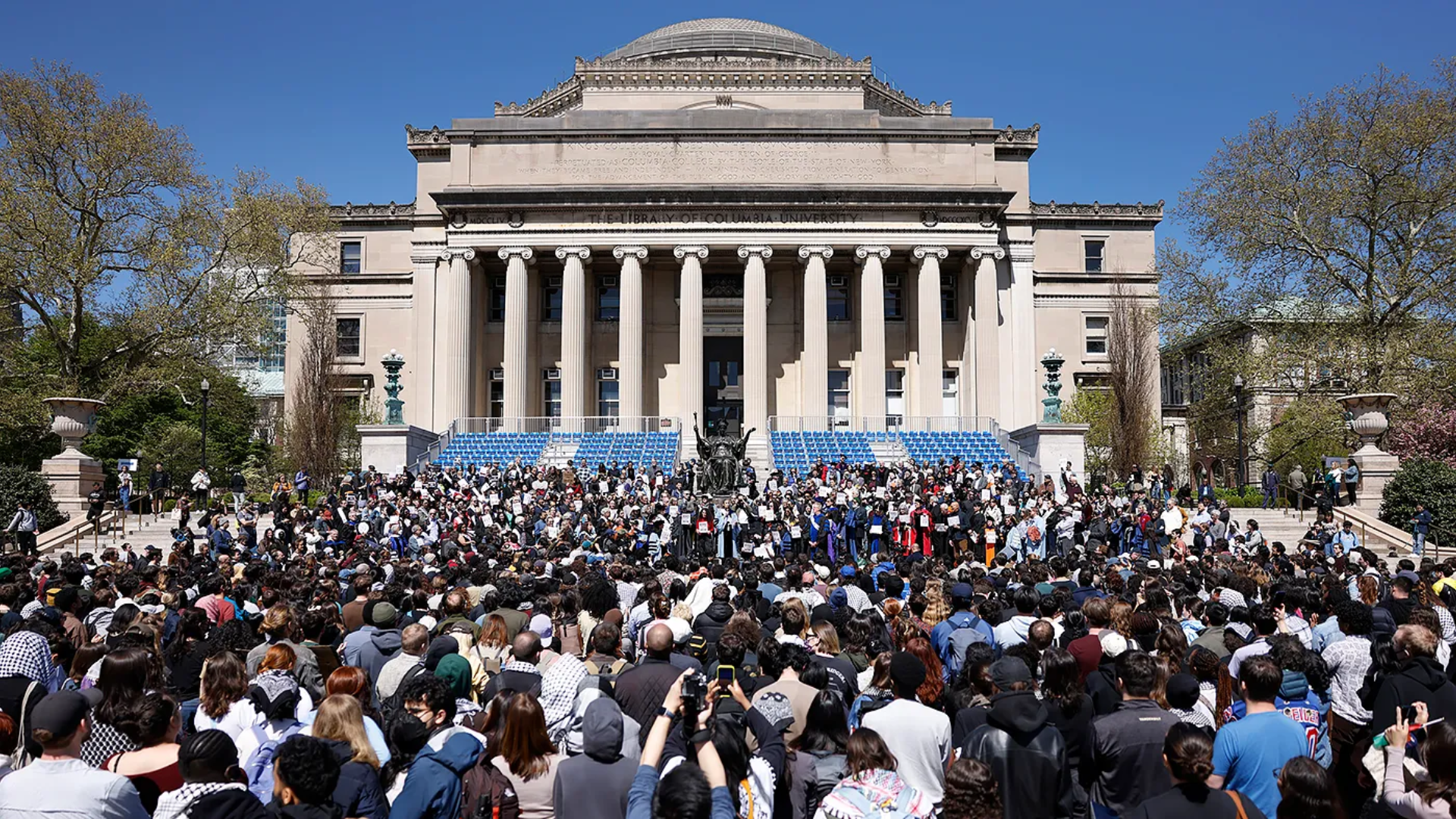










As the US marks the 80th anniversary of the repeal of the Chinese Exclusion Act, thousands of Chinese immigrants are crossing the US-Mexico border after witnessing a decline in the Chinese economy, as reported by Voice of America (VOA).Zhongwei Wang, a Chinese national, made that journey this spring through Central America with his family.
“When I knew there was a way to leave China, I felt overjoyed, really overjoyed,” he said.
According to the US Border Patrol, from January through September, over 24,000 Chinese migrants crossed the border without authorization, about 13 times the number recorded during the same period last year, VOA reported.
The Chinese Exclusion Act, passed in 1882, was the only law in US history that singled out a specific ethnic group. However, in 1943, then US President Franklin D. Roosevelt officially ended the act and granted Chinese Americans equal citizenship rights for the first time.Wang arrived with his parents, his wife, and their two children in May. They left China’s Anhui province because of the Chinese government’s aggressive COVID-19 lockdown and human rights issues.
The family flew from Hong Kong to Turkey to Quito, Ecuador, which offers a 90-day visa exemption for Chinese passports.From there, they walked through the Darien Gap, a dangerous path in the mountainous jungle between Colombia and Panama that tens of thousands of migrants used in 2022 on their way to the US.
“We had to climb four hills on the first day,” he said.According to the VOA, those without the means to obtain a visa sometimes choose this dangerous route.Wang added that he originally planned to apply for a tourist visa to come to the United States, but at that time the waiting list for a tourist visa interview in the United States was more than six months.While he said he objected to China’s COVID-19 lockdown policies and human rights record, he also protested against the Chinese government after he arrived in the US, which prompted local law enforcement to visit his uncle’s home in China.
“We must not stop (protesting the Chinese government) overseas, despite their threats to intimidate my family, my uncle, and the others. So, when we are overseas, we cannot keep a low profile. If we don’t speak out when (our families) are threatened, they (the Chinese government) know this method is effective and they will threaten others again,” he said.
Renata Castro, a Florida-based immigration lawyer, highlighted that today’s Chinese migrants, if they are unable to come to the US with an existing visa, are finding other ways to flee the world’s second-most populous nation, including showing up at the US-Mexico border to seek asylum, reported VOA.
“Mainly because these are individuals that are escaping the oppressions of the Chinese government…But most importantly, they are fleeing the lack of economic expectations they have in China right now,” she said.A history professor at the University of Maryland, Madeline Y. Hsu, “They see a lack of opportunity. They see the Chinese economy stagnating. There’s also been a lot of frustration with how controlling the Chinese government is, how many restrictions there are on their lives, and people have been researching how to get to the United States.”
Hsu spoke at CRCEA80, the gathering on December 5 of nearly 400 representatives from 121 Chinese-American organisations who came together to mark the 80th anniversary of the repeal of the Chinese Exclusion Act, the only US law that prohibited immigration based solely on race.
Reportedly, when people come to the US seeking protection because they have suffered persecution or are afraid that they will suffer persecution based on race, religion, nationality, political opinion, or membership in a particular group, they are permitted to file for asylum regardless of their immigration status.
But in order to apply for asylum, a person must be present in the US, VOA reported.
Chinese migrants who cross into the US without authorization usually wait for agents from the US Border Patrol to pick them up. Once the agents process these migrants, many are assigned court dates and released in cities close to their final destination, adding to an immigration court system that is taking about five years to decide cases.
As per data released in October from Syracuse University’s Transactional Records Access Clearinghouse, Chinese migrants were granted asylum nearly 67 per cent of the time in immigration courts over the past two decades–one of the highest rates by nationality.









